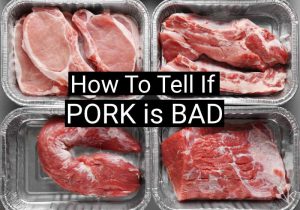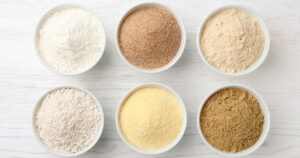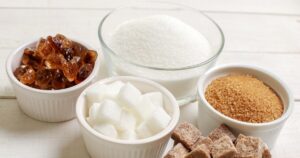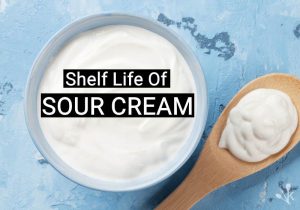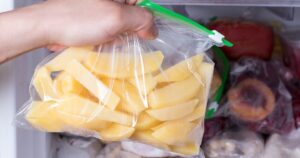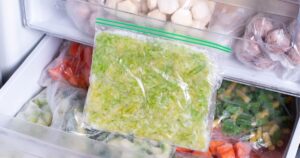What Cooking Basics Are You Exploring Today?
Not Sure? Get Started With These Popular Categories
Food Fundamentals
- Shelf Life
- In The Fridge
- In The Freezer
- In The Pantry
- Types Of Food
Cookware Insights
- Nonstick
- Cast Iron
- Stainless Steel
- Copper
- Induction
Cooking Techniques
- Knife Skills
- Microwaving
- Baking
- BBQ and Grilling
Ingredient Know-How
- Substitutes
- Comparisons
- Cleaning & Preparing
- Reheating
- Storage
Food Freshness 101
Learn how to read expiration dates here.
About Us
KitchenSanity is a popular food blog by expert home cooks that offers practical tips, well-researched articles, and step-by-step guides that cover everything from food preparation and safety to cookware and recipe ideas.
AS SEEN ON:






Trending In 2024

How To Buy Lobster: Grocery Store & Online Buyer’s Guide
Whether you’re looking at the tank at your local grocery store or scrolling through an online store, buying a lobster can be as thrilling as …
Food Preparation



